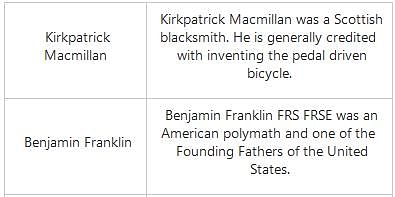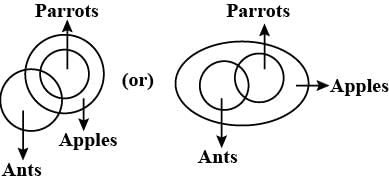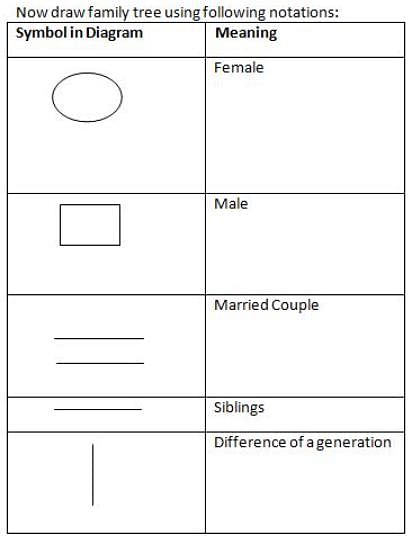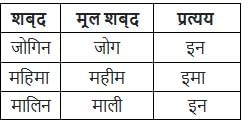EMRS TGT Hindi Mock Test - 4 - EMRS MCQ
30 Questions MCQ Test EMRS TGT Mock Test Series 2024 - EMRS TGT Hindi Mock Test - 4
Which among the following is the dimension of the Rs. 20 Currency Note issued by the Reserve Bank of India?
| 1 Crore+ students have signed up on EduRev. Have you? Download the App |
A thermoelectric refrigerator works on which of the following principles?
August 9 1925 is known in the Indian History for which of the following incidences?
Which of the following is a colourless organelle found in plant cells used for storage of food or starch?
If W > X, X > Y and Y > Z, then which of the following conclusions is definitely wrong?
In the following question assuming the given statements to be true, find which of the conclusion among given conclusions is/are definitely true and then give your answer accordingly.
Statements:
L > F = S < T ≤ Q < P
Conclusions:
I. F < Q
II. L > S
III. T < P
Statements:
Some ants are parrots.
All the parrots are apples.
Conclusions:
1. All the apples are parrots.
2. Some ants are apples.
Directions: Study the following information carefully to answer the given Questions:
P^Q-P is the child of Q
P!Q-P is the parent of Q
P*Q - P is elder to Q
P#Q-P is younger to Q
P@Q-P is brother of Q
P&Q - P is wife of Q
P+Q-P is sister-in-law of Q
Q. If G! A^T+J&O@L^P! G, then how is J related to A?
P is 15m to the west of Q. R is 13m to the south of Q and 5m to the east of S. T is 20m to the north of S.T is 10m to the east of U…….
Q.
In which direction U with respect to P
Vivek travelled 12kms West, then he turned left and travelled 8kms. Then he turned left and travelled 12kms. How far was Vivek from starting point ?
Point W is 7m towards the West of point X. Point X is 3m towards the North of point Y. Point Z is 4m towards West of point Y……………
Q.
If a person walks 3m towards South from point W and reaches point Q, which of the following 2 points would fall in straight line including Q
Point W is 7m towards the West of point X. Point X is 3m towards the North of point Y. Point Z is 4m towards West of point Y……………
Q.If a person walks 3m towards South from point W and reaches point Q, which of the following 2 points would fall in straight line including Q
Identify the device through which data and instructions are entered into a computer
---------- Bar is located at top of WordPad / Notepad /MS Word window.
The ______ button on the Quick Access Toolbar allows you to cancel your recent commands or activities.
What type of virus use computer hosts to reproduces it?
---------- is a signaling method that handles a relatively wide range of frequencies.
The vast network of computers that connects millions of people all over the world is called.
The software component of an expert system that draws conclusions is the.
“Education is the process of natural development of the child into an enjoyable, rational, harmoniously balanced, useful and hence, natural life”. Which school of philosophy of educationbelieves that -
Which of the following is not correct about the role of government in schooling?
As a social institution, the essential function of the family is -
Which of the following is not a correct statement about children's education in the family?
Caring for the cultivation of emotional health of children is as important for the schools as caring for the cultivation of their intellect, not because
Religious education in some forms is essential because it
'इम' प्रत्यय दिए गए विकल्पों में से किस के साथ प्रयुक्त हो सकता है?
|
5 docs|20 tests
|
























